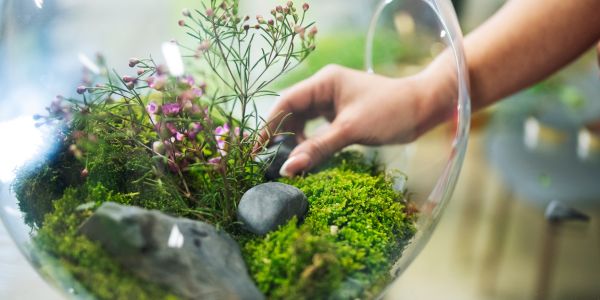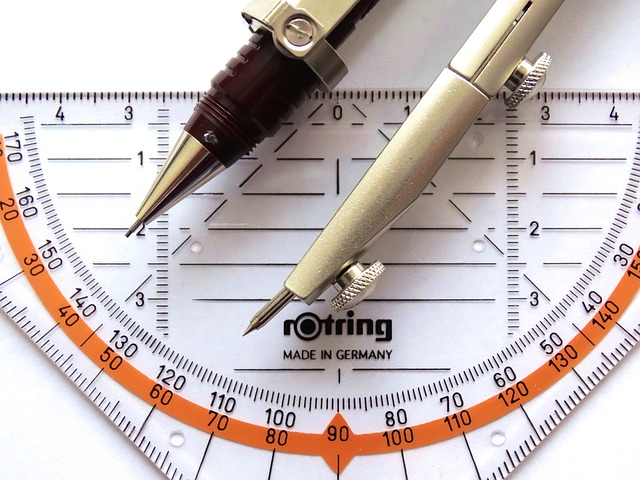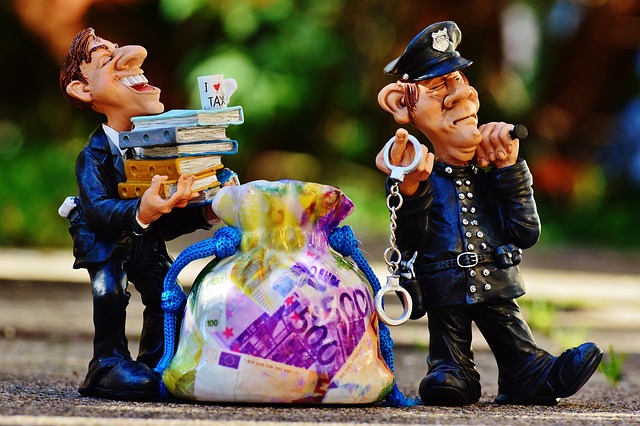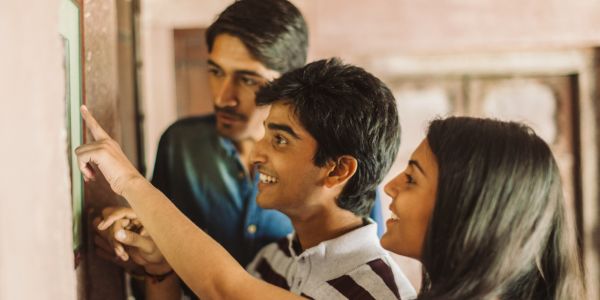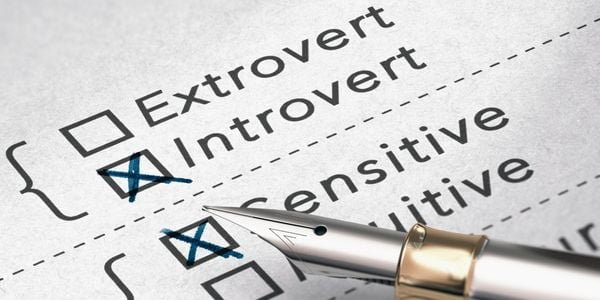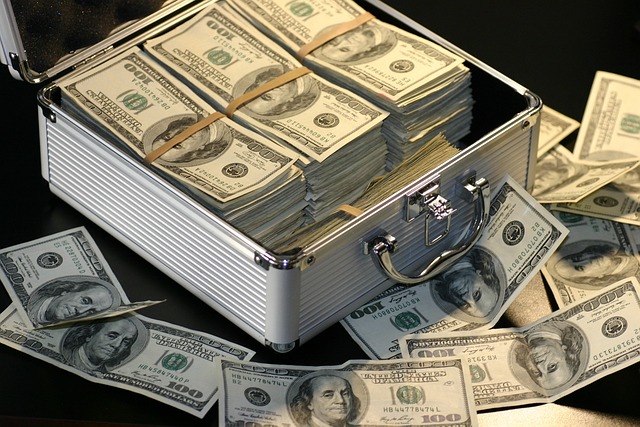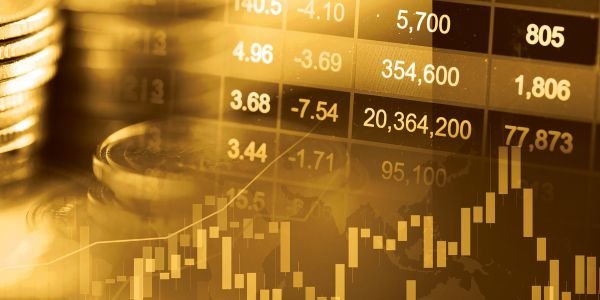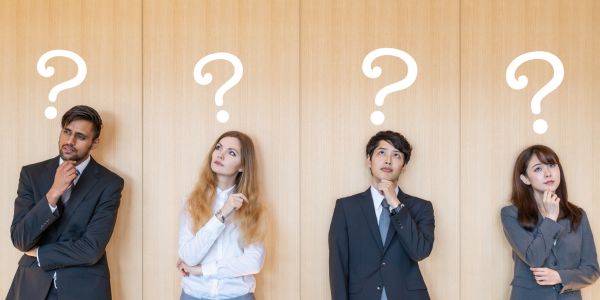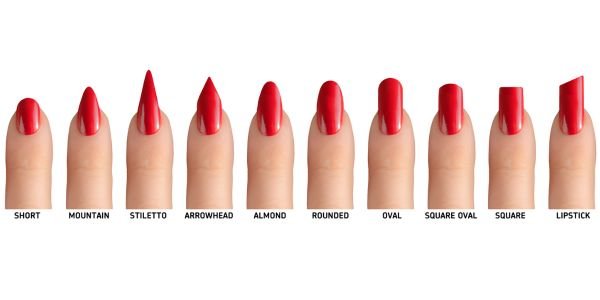Table of Contents
India, one of the oldest civilizations in the world, has a rich history of struggle against colonialism and oppression. From the 16th century to the mid-20th century, India was under British rule. However, the Indian subcontinent did not submit to colonial rule without a fight.
Throughout its colonial history, India has produced numerous freedom fighters who fought for the country’s independence from foreign rule. These brave souls devoted their lives to the cause of liberating India from British rule and left an indelible mark on Indian history.
Here’s a look at some of the most notable freedom fighters of India:
Mahatma Gandhi –
Mohandas Karamchand Gandhi, also known as Mahatma Gandhi, is perhaps the most prominent freedom fighter in India’s history. He was a political and spiritual leader who spearheaded the nonviolent civil disobedience movement against British rule.
His philosophy of non-violent resistance or Satyagraha inspired many other freedom fighters and civil rights leaders across the world. His famous Dandi Salt March of 1930 was a turning point in India’s struggle for independence, and he led numerous other protests and movements throughout his life.
Subhas Chandra Bose –
Subhas Chandra Bose, also known as Netaji, was a revolutionary who fought for India’s independence from British rule. He was the founder of the Indian National Army (INA) and believed in an armed struggle to liberate India from colonial rule. He played a significant role in organizing the Azad Hind Fauj or the Indian National Army, which fought alongside the Japanese during World War II against the British.
Bhagat Singh –
Bhagat Singh was a socialist revolutionary who believed in the use of violence as a means to overthrow British rule in India. He was a prominent member of the Hindustan Socialist Republican Association (HSRA), which was dedicated to the armed overthrow of British rule. He was hanged by the British government at the young age of 23, along with fellow revolutionaries Sukhdev Thapar and Shivaram Rajguru, which only added to his legend and legacy.
Maulana Abul Kalam Azad –
Maulana Abul Kalam Azad was a scholar, writer, and political leader who played a crucial role in India’s struggle for independence. He was the first Minister of Education in independent India and was known for his progressive views and advocacy for secularism and education.
Sarojini Naidu –
Sarojini Naidu was a poet, writer, and political activist who was also known as the “Nightingale of India.” She was the first Indian woman to become the President of the Indian National Congress and was an ardent supporter of the Indian independence movement. She played a crucial role in the Salt Satyagraha and Quit India Movement and was known for her powerful speeches and poetry.
Sardar Vallabhbhai Patel –
Sardar Vallabhbhai Patel was a prominent Indian statesman and one of the architects of India’s independence. He was the first Deputy Prime Minister of India and played a significant role in the integration of over 500 princely states into the Indian Union after independence. He was also known as the “Iron Man of India” and was admired for his leadership, statesmanship, and integrity.
Rani Lakshmi Bai –
Rani Lakshmi Bai was the queen of the princely state of Jhansi and a prominent figure in the Indian Rebellion of 1857. She was known for her bravery and courage and fought fiercely against the British during the uprising. She died on the battlefield, fighting for the freedom of her people.
Top 10 Indian freedom fighters
Here are 10 Indian freedom fighters who played a significant role in India’s struggle for independence:
Mahatma Gandhi: Considered the father of the nation, Mahatma Gandhi was a key figure in India’s independence movement. He advocated non-violent civil disobedience and led several campaigns and movements against British rule.
Bhagat Singh: A revolutionary socialist, Bhagat Singh was a prominent figure in the Indian independence movement. He was involved in several acts of protest and was hanged by the British in 1931.
Netaji Subhash Chandra Bose: A freedom fighter and a leader of the Indian National Army, Netaji Subhash Chandra Bose was one of the most prominent figures in India’s struggle for independence.
Jawaharlal Nehru: India’s first prime minister, Jawaharlal Nehru was also a key figure in the Indian independence movement. He was a close associate of Mahatma Gandhi and played a crucial role in the struggle for freedom.
Sardar Vallabhbhai Patel: A leader of the Indian National Congress and the first deputy prime minister of India, Sardar Vallabhbhai Patel was instrumental in the integration of the princely states into India.
Maulana Abul Kalam Azad: An Islamic scholar, Maulana Abul Kalam Azad was a prominent leader of the Indian independence movement. He was also India’s first education minister.
Rani Lakshmibai: The queen of the princely state of Jhansi, Rani Lakshmibai was a brave warrior and a symbol of resistance against British rule.
Subramania Bharati: A Tamil poet, journalist, and Indian independence activist, Subramania Bharati was one of the most influential figures in the Indian independence movement.
Bal Gangadhar Tilak: A social reformer, freedom fighter, and the first popular leader of the Indian independence movement, Bal Gangadhar Tilak was a prominent figure in India’s struggle for independence.
Lala Lajpat Rai: A leader of the Indian National Congress and a prominent figure in the Indian independence movement, Lala Lajpat Rai was a staunch supporter of Indian nationalism and a critic of British rule.
What are 10 female freedom fighters’ names?
Here are the names of ten Indian female freedom fighters who played a crucial role in India’s struggle for independence from British colonial rule:
Sarojini Naidu
Annie Besant
Kasturba Gandhi
Vijaya Lakshmi Pandit
Sucheta Kripalani
Aruna Asaf Ali
Usha Mehta
Kamala Nehru
Rajkumari Amrit Kaur
Begum Hazrat Mahal
These women were instrumental in inspiring and mobilizing people towards India’s freedom struggle, fighting for the country’s independence in various ways, such as organizing protests, leading movements, and even facing imprisonment and torture by the British government.
Also, read The longest River in India








